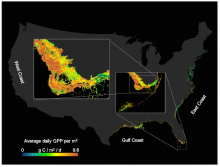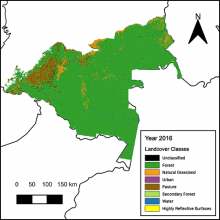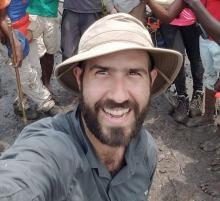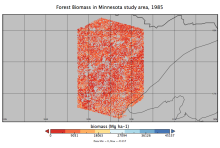Annual Estimates of Global Riverine Nitrous Oxide Emissions
Riverine N2O emission estimates from headwater streams (a, c, and e) and high-order rivers (b, d, and f) for the 1900s, 1960s, and 2000s. The right panel shows the latitudinal distribution of riverine N2O emissions with the uncertainty range as the standard deviation (shaded areas).











